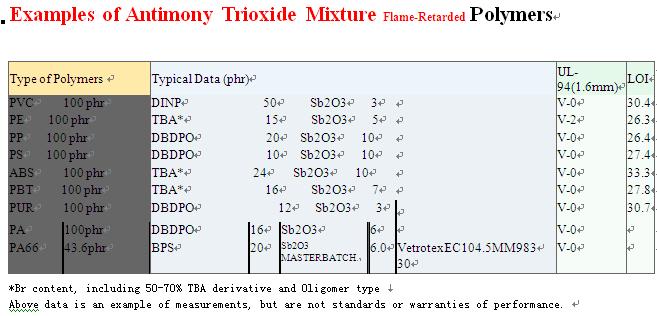Zinc Borate is a boron-based fire retardant with a chemical composition of xZnOyB2O3zH2O. The most commonly used grade have following structure 2ZnO.3B2O3zH2.3,5H2O.
Zinc Borate can be used as a fire retardant in PVC, Polyolefins, Elastomers, Polyamides, Epoxy resins. In halogen-containing systems, Zinc Borate is used in conjunction with antimony oxide, while in halogen-free systems, it is normally used in conjunction with alumina trihydrate, magnesium hydroxide, or red phosphorus. In some particular application Zinc Borate can be used alone.
Zinc Borate act through :
- Zinc halide or zinc oxyhalide that accelerate the decomposition of halogen sources and promote char formation.
- by the B2O3 moiety released, a low melting glass, that can stabilize the char. B2O3 released can also promote the formation of ceramic formation in systems containing ATH or magnesium hydroxide.
- the endothermic, stepwise release of water that can promote the formation of foamy char.








0 comment:
Post a Comment